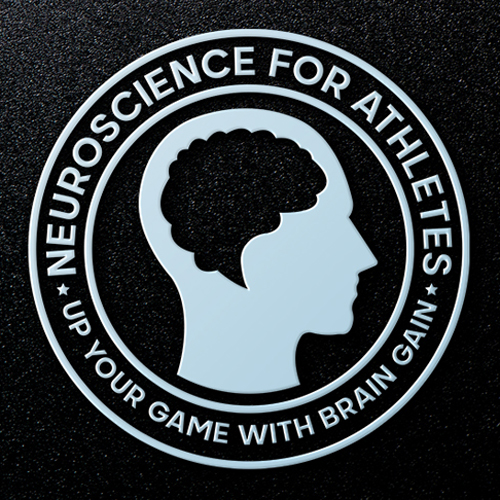 Hello everyone! This is Angelina, and I’m here to tell you some inside scoop.
Hello everyone! This is Angelina, and I’m here to tell you some inside scoop.
I’m a 17-year-old golf fanatic who’s been rolling on the greens since seven years old. I’ll take you on a short little journey of my golfing life. From 9-14 years old, I was constantly in the zone because my only focus was enjoying the game. But as I hit my freshman year, the pressure really started to pile on. I had my eyes set on getting recruited, and, boy, did that shake me up. Suddenly, these simple three-foot putts missed the hole 95% of the time. Crazy right? My hands had their own mind; they loved to twist and turn just when I needed them to be steady. Despite all the hours I spent practicing, success felt like something unreachable. I spent hours sulking in my room, screaming into my pillow. This struggle continued until the end of my junior year, right when college recruitment peaked.
I stumbled upon the concept of the flow state and dove headfirst into books like “Neuroscience and Your Golf Swing” and “Practice to Learn: Play to Win” (obviously, there’s more, but it’ll be too much, so I’m just going to leave it at that for now). It was a game-changer! My performance took a 180-degree turn, and now, I’m here, ready to take you inside my mind during a round of golf. Let’s get into it!
The main advice I tell everyone (and when I say everyone, I mean EVERYONE) is to stay in the moment and accept your results. You might be thinking: “Well, thanks a lot. I don’t know what that means.” Don’t worry, I’m getting to it.
Stepping up to the first hole, I had a 120-yard shot to the green, with the pin tucked back-left, guarded by a bunker. I pulled out my wedge, took a full swing, and… plop, it went into the bunker. You might be shaking your head, thinking, “Why on earth would you do that?” Trust me, that was my initial thought, too. But let’s reframe that thought process.
Rather than berating myself, I analyzed my shots objectively, asking questions like, “Was it a mental error? Was I fully committed to the shot? Was it a physical error? Did I lose confidence?” This approach focuses on improvement rather than self-judgment. I will always tell everyone: don’t judge your shots, analyze your shots.
It’s crucial not to let disappointment or anger affect the next shot. Sure, determination can fuel the desire for a birdie, but pure will won’t push the ball into the hole. You need to accept the result and move on. That is the key.
Let me share a personal example. After skulling my bunker shot over the green, instead of fuming with anger, I focused on what I could control: my game plan, emotions, and thoughts. I was faced with a 20- yard chip shot. I envisioned a circle as my landing spot and rolled up my sleeves. Sure, negative thoughts like, “I really need to get this close to avoid a double bogey,” crept in. But I used that as a signal to redirect my thoughts to the present, committing to the shot at hand.
Redirecting thoughts is a skill, not an innate talent. It takes practice and training. Here are a couple of tips to integrate this into your practice:
Start by being aware of your thoughts. Like a river, they flow constantly. Recognize negative thoughts and understand that they divert your focus from the shot to external factors you can’t control.
Make a list of your “good thoughts.” Write down your common negative thoughts, then create two columns. In one, write “STOP” as a reminder to STOP the distracting thoughts. In the other, write your better thoughts that you want to focus on while taking the shot.
Remember, letting go of unrealistic expectations during your shot will always help you. Holding onto the past will only hinder your performance. Most importantly, it is okay to have negative thoughts; it is just how you redirect them into the present
Thanks for reading, and I hope these tips guide you to better rounds ahead!
Swing High, Think Deep,
Angelina Huang

